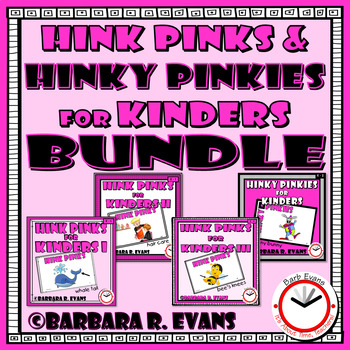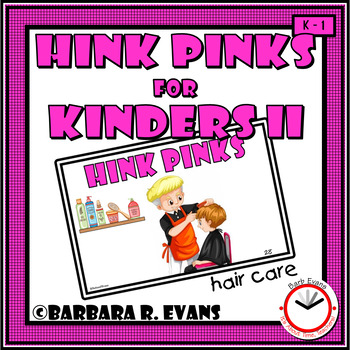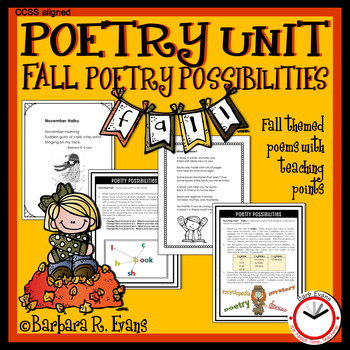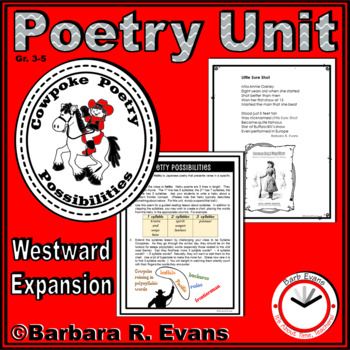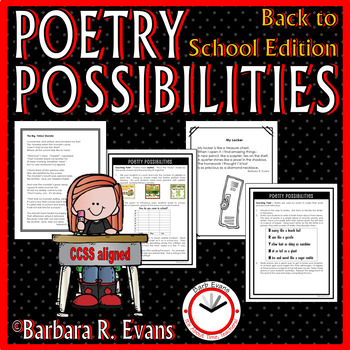It's about time, teachers, to describe more ways I use
poetry in the classroom . . .
Poetry
is absolutely wonderful for phonics instruction. Consider the
following poem:
By
drawing your students’ attention to the rhyming words at the end of the lines,
you can quickly establish an understanding of rimes. For example, high rhymes
with dry.
The rime, however, is spelled quite differently. Similarly, crawl and fall illustrate 2 rime spellings for the same phoneme.
Certainly,
phonemic instruction with poems is not limited to rimes. I use the following
poem to focus on vowel sounds:
I’m a big fan of anchor charts that
remind students of phonemes we have studied. Using an enlarged copy of
the poem, I ask the children to find words with the long /a/ sound. We record them on a
chart. Then I have them find the words with the short /a/ sound and we record those words. We
collaborate to add more words to each side of the chart and, thereby, extend
the learning.
The following poem could be used to work on
consonant blends.
My learners are asked to look for and circle all the consonant blends they can find. Students should be reminded that the blends are not limited to the beginning of words. BTW, I require my students to work in pencil so that mistakes can be corrected.
Hopefully,
it is now clear that the possibilities for phonics instruction are nearly
limitless!
You may be interested in these poetry resources:

